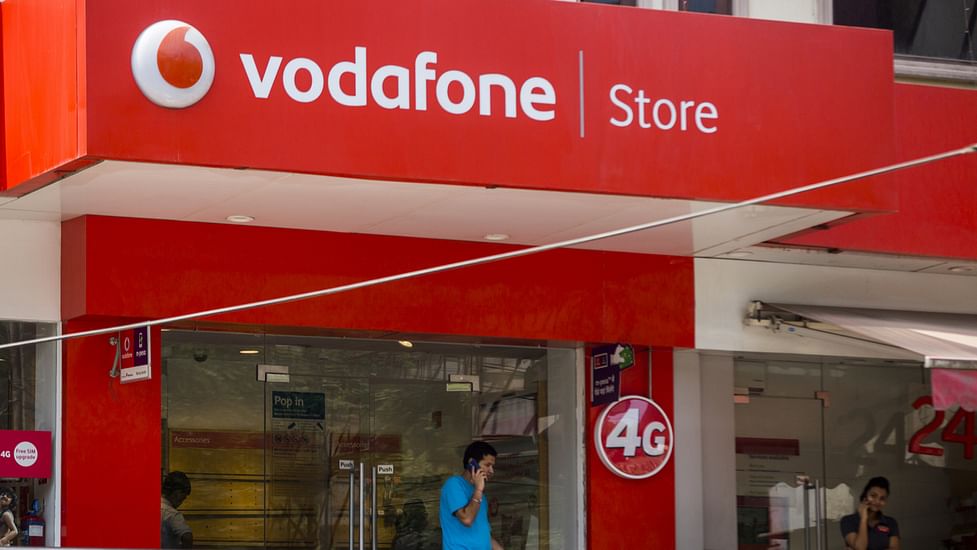Is Vodafone no longer interested in the Indian market?

Image credit: ThePrint
The world’s second-largest telecoms market appears to be a resounding success on the surface.
India is second only to China in terms of mobile phone subscribers, at 1.18 billion. It is one of the world’s largest data guzzlers, with a staggering 765 million broadband subscribers. Growth has been tremendous, fueled by low pricing and widespread availability.
These figures, however, do not capture the whole tale of internal strife. Vodafone Idea, one of the market’s oldest and third-largest firms, approved a state rescue this week to avoid a collapse.
Three private companies, Vodafone Idea, Reliance Jio, and Airtel, control roughly 90% of the Indian cellular market. The balance is mostly held by the state-owned Bharat Sanchar Nigam Limited, a lesser participant in the retail mobile sector but one with a huge reach across the country.
The failure of the Vodafone Idea could have easily exacerbated the situation. India’s already troubled banks would have been swamped by a new wave of bad debt.
Since 2017, when Asia’s richest man, Mukesh Ambani’s Reliance Jio, joined the market and sparked a brutal pricing war by lowering prices and turning a voice market into a data market, India’s telecoms industry has been in a maelstrom.
The government handed cash-strapped operators a four-year freeze on dues in September to assist them in saving enough money to pay back dues, expand their networks, and buy spectrum. The providers raised tariffs by 20% across their 10-plus mobile plans in November, easing the price war considerably. Now it’s up to the operators to demonstrate their worth.
Some observers are unsure what the government will do with yet another telecom business, given that it already operates one that is losing money. Others say the Vodafone rescue will help the government strengthen its telecommunications portfolio and assets, which it can subsequently sell to an investor.
The Vodafone narrative reveals a lot about the Indian market in many ways. As tariffs climb, the days of dirt-cheap data may be numbered, but the country remains a price-sensitive market. To undercut present prices, a new player with pan-India ambitions will need substantial finances and a large shareholder base.
It’s worth remembering that India had 15 operators just over a decade ago. It now consists primarily of four.
